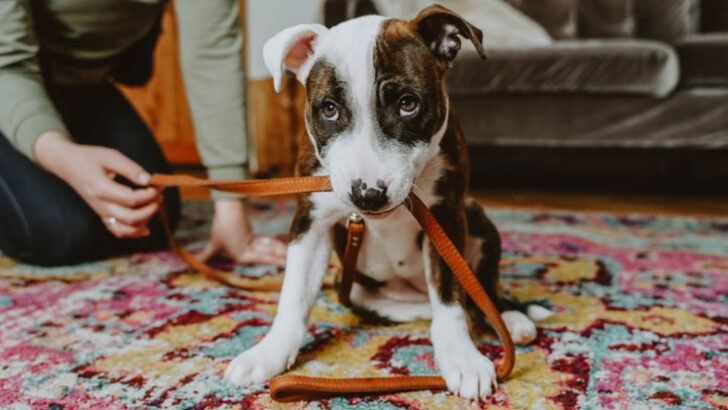Even the sweetest dog has a breaking point.
Tail wags and puppy kisses don’t mean a dog won’t ever react when pushed too far. Just like people, dogs have limits—and when those limits are crossed, even the gentlest pup can turn into a snarling, snapping ball of fur.
It’s not about being “bad” or “aggressive.” Dogs communicate through body language, and if their signals are ignored, they may feel they have no choice but to defend themselves. Sudden pain, fear, or even a hand reaching for their food bowl can trigger an unexpected reaction.
Knowing what sets a dog off can prevent a lot of stress (and a trip to the ER). So, before you assume your lovable furball would never snap, let’s dive into some surprising things that might just push them over the edge.
Sudden Loud Noises
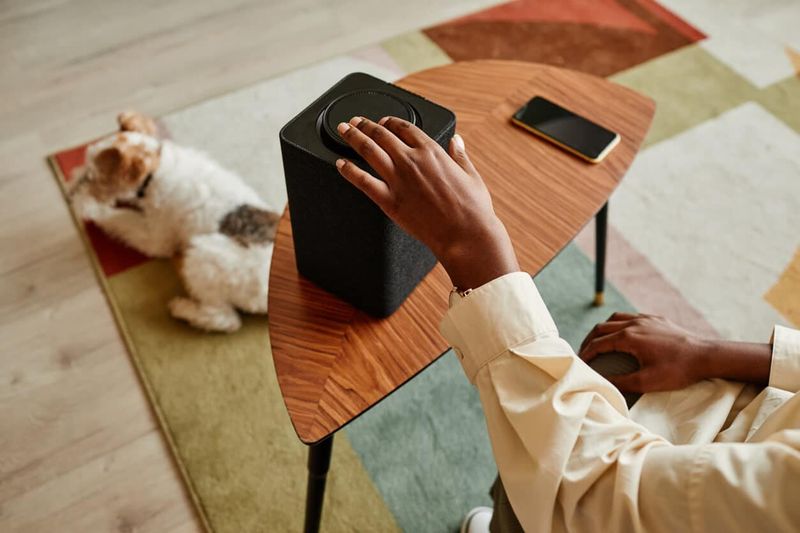
Dogs have acute hearing, and loud noises can be startling and frightening for them. Fireworks, thunderstorms, and even loud parties can cause a normally calm dog to react aggressively.
When a dog is exposed to unexpected loud sounds, their fight-or-flight response can be triggered, leading to defensive behavior.
Providing a quiet, safe space during these events can be beneficial. Consider using ambient noise machines or calming collars to soothe their nerves. Engaging them in play beforehand may help release pent-up energy, minimizing stress.
Intrusion into Personal Space
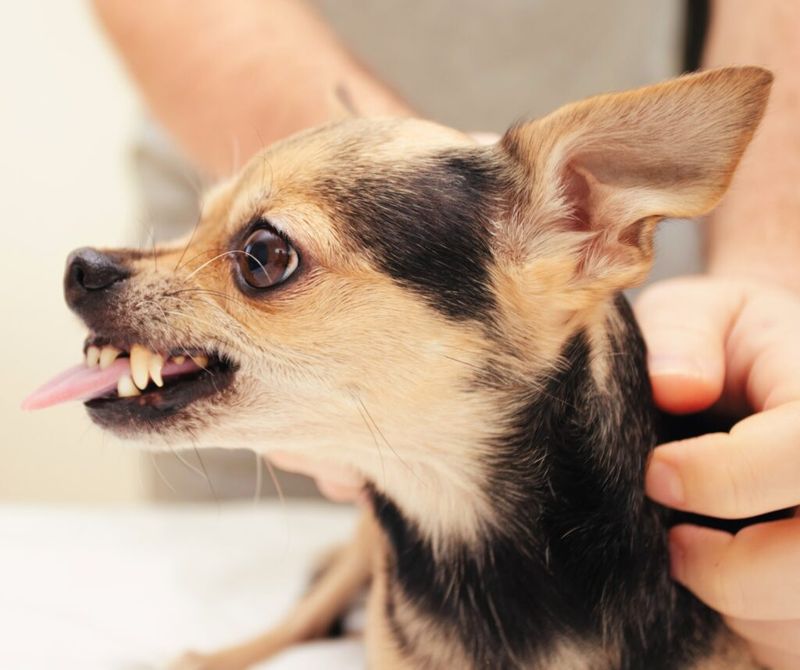
Dogs, like humans, have personal space preferences, and unwanted invasions can trigger unwanted reactions. Small children often unknowingly cross these boundaries, leading to stress.
Teaching kids how to approach dogs respectfully and recognizing signs of discomfort can prevent incidents.
Respecting a dog’s space, especially when eating or resting, is essential. If a dog seems anxious, giving them time alone can help. Regular socialization can also improve their comfort levels.
Pain or Illness
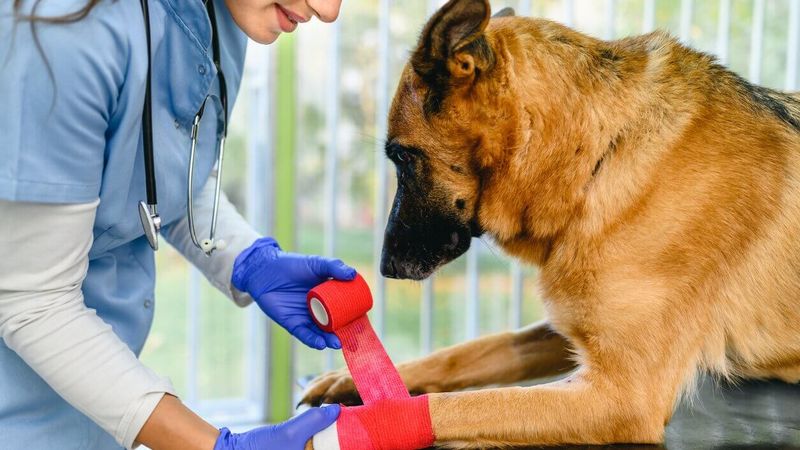
When a dog is in pain or experiencing illness, their tolerance levels drop. Even a gentle touch may provoke a defensive response.
Regular veterinary check-ups can help detect issues early. If a dog shows sudden aggression, it might be time to consult a vet.
Monitoring for changes in behavior and being attentive to signs of discomfort can mitigate the risk. Ensuring they have a quiet space to recover can provide comfort and ease.
Resource Guarding

Resource guarding occurs when a dog becomes possessive over food, toys, or even people. This behavior is rooted in instinctive survival tactics.
Training can help alter this behavior by teaching commands like “leave it” or “drop it.”
Using positive reinforcement to reward sharing behaviors can improve their responses. Avoiding confrontational approaches and respecting their space during feeding times is key.
Unfamiliar People or Animals
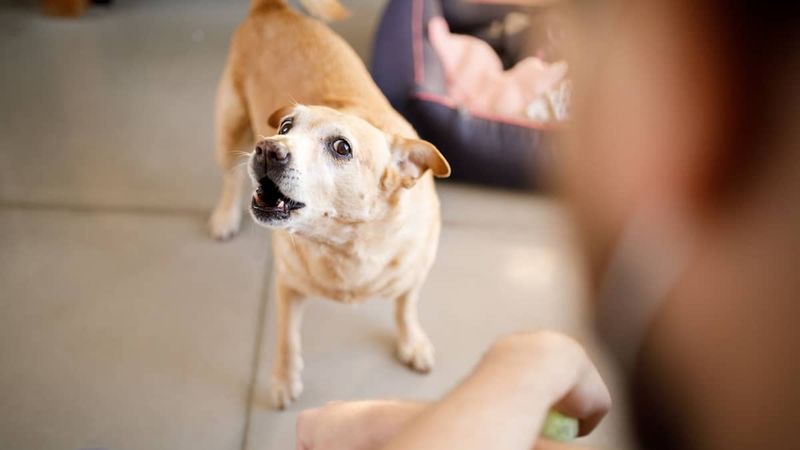
Encountering strangers, whether human or animal, can provoke a dog’s protective instincts. Socialization from a young age can help dogs feel more comfortable in these situations.
Introducing new people and pets gradually is crucial, allowing the dog to adapt at their own pace.
Owners should remain calm and assertive, offering reassurance through gentle commands and treats. This helps build the dog’s confidence and trust.
Sudden Movements
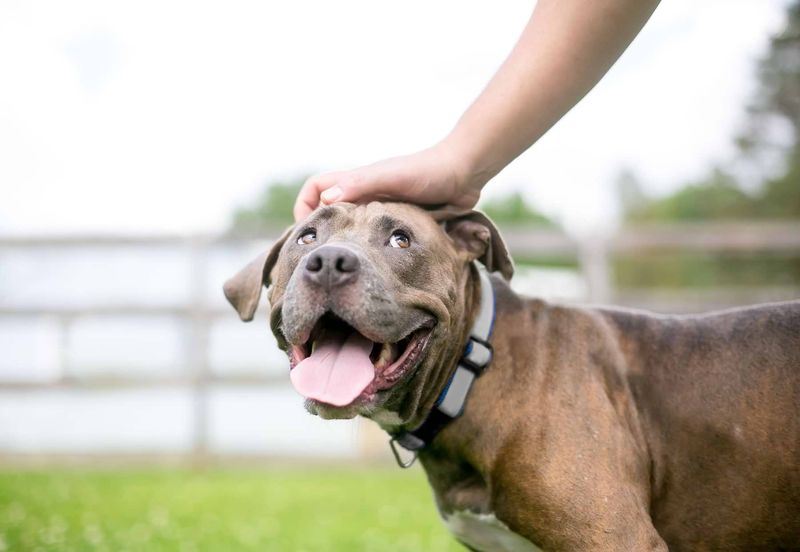
Rapid, unexpected movements can startle a dog, triggering a defensive reaction. This often stems from past trauma or insufficient socialization.
Teaching dogs to remain calm in these situations involves patience and positive reinforcement.
Engaging them in controlled environments where they can observe and gradually get accustomed to movement helps build their confidence. Over time, they learn to distinguish between harmless actions and genuine threats.
Being Cornered or Trapped
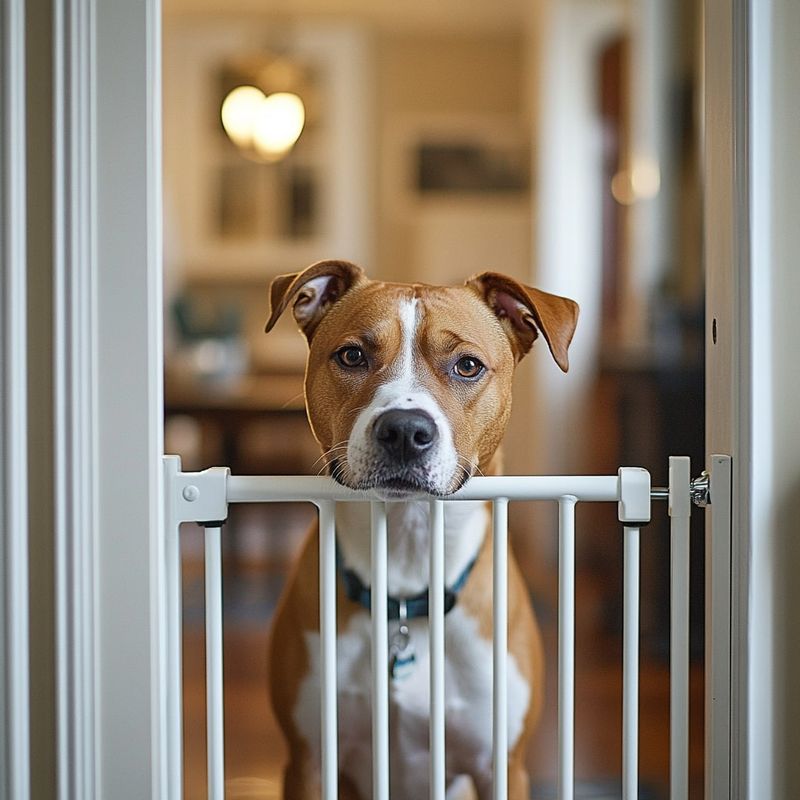
Feeling trapped can heighten a dog’s stress levels, leading to aggressive outbursts. Dogs need an escape route to feel secure.
Encouraging open spaces in the home and ensuring dogs can retreat if needed is beneficial.
Training dogs to respond to calming commands can reduce anxiety in confining situations. Introducing them to different environments gradually helps build their confidence and adaptability.
High Anxiety Situations
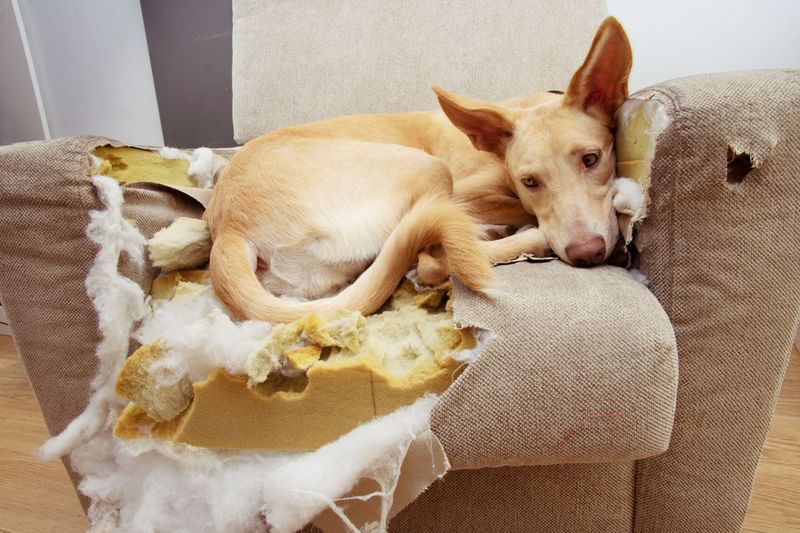
Anxiety in dogs can manifest as aggression, especially in unfamiliar or overwhelming environments. Recognizing signs of anxiety, such as heavy panting or pacing, is crucial.
Training and desensitization techniques can help manage anxiety.
Providing a consistent routine and safe space at home allows dogs to unwind and feel secure. Consulting with a professional trainer can offer tailored strategies to alleviate anxiety.
Overstimulation
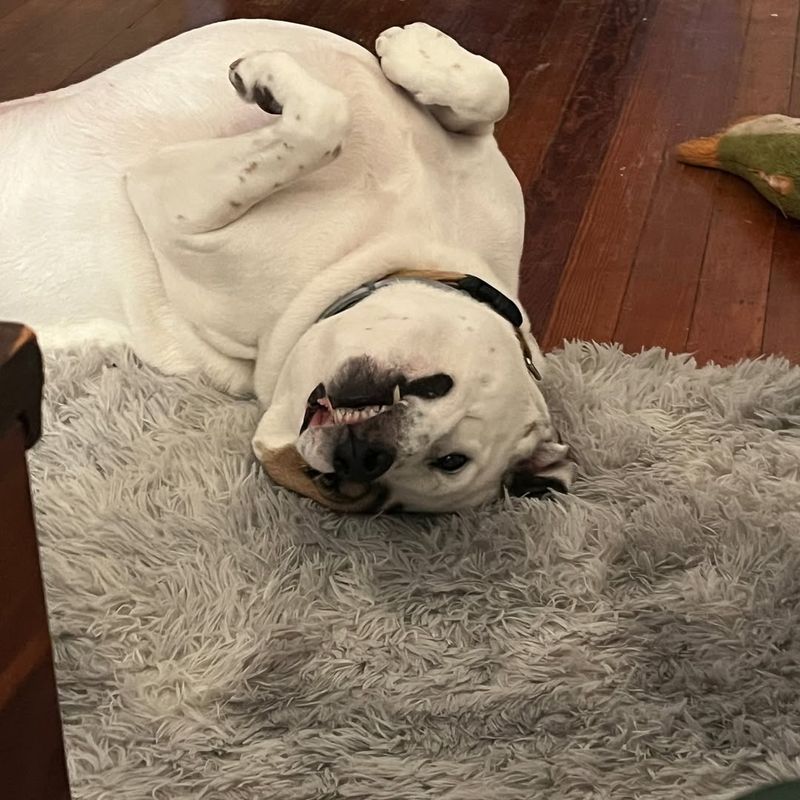
Too much excitement, especially in a bustling environment, can overwhelm a dog, leading to snapping. Dogs need balance between stimulation and rest.
Providing a quiet retreat allows them to recharge. Monitoring playtime and ensuring it doesn’t become too intense is vital.
Training dogs to respond to relaxation cues helps manage overstimulation. Consistent boundaries and routines ensure they remain calm and content.
Fear of Certain Objects
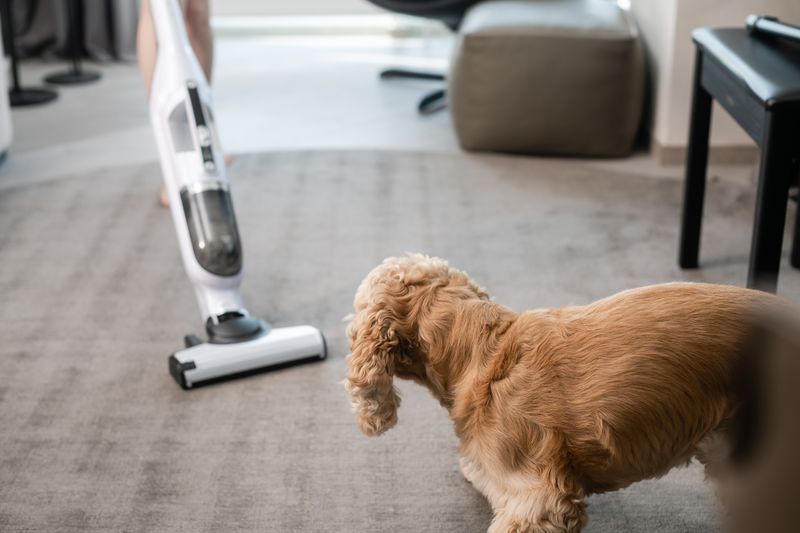
Certain objects, such as vacuum cleaners or lawnmowers, can be terrifying for dogs. The noise and movement can provoke fear-based aggression.
Gradual exposure and positive reinforcement can acclimate dogs to these objects.
Using treats and praise to create positive associations helps reduce fear. Ensuring the dog has a safe space to retreat during stressful encounters is essential.
Lack of Socialization
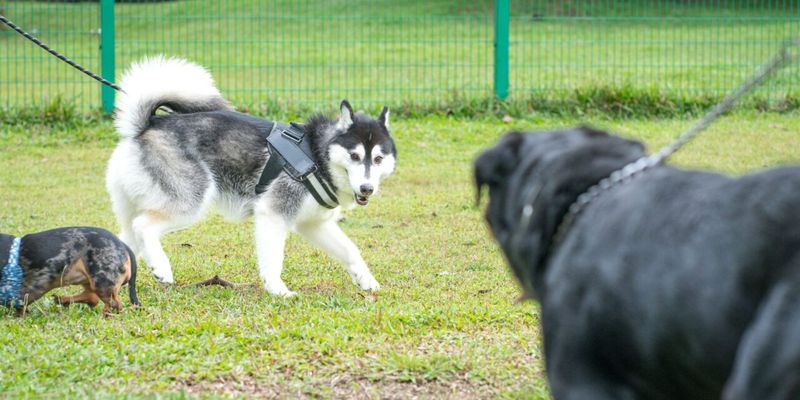
Socialization is key in developing a well-adjusted dog. Without it, dogs may react fearfully or aggressively to new experiences.
Introducing dogs to various environments and scenarios gradually helps them develop confidence.
Professional training classes can provide structured socialization opportunities. Ensuring positive experiences during interactions boosts their comfort level and reduces the likelihood of snapping.
Changes in Environment
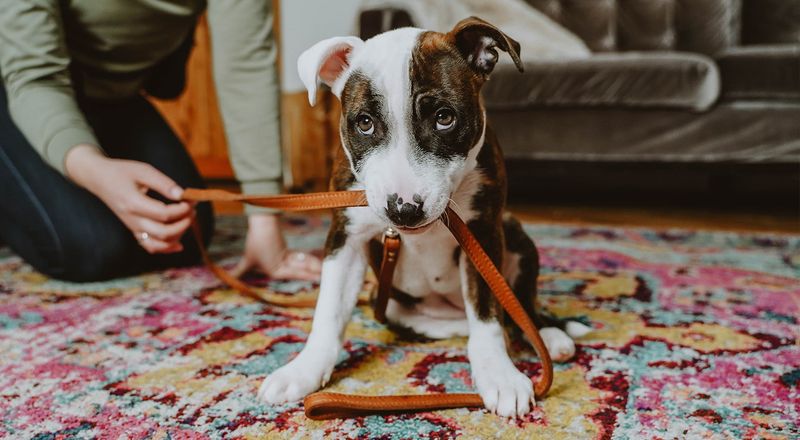
Moving to a new home or rearranging furniture can unsettle a dog, leading to stress-related aggression. Dogs thrive on familiarity and routine.
Keeping favorite toys and bedding consistent helps ease transitions. Gradual introductions to new spaces allow them to adjust comfortably.
Sticking to established routines provides stability. Patience and understanding during these changes support a smoother transition.
Negative Past Experiences
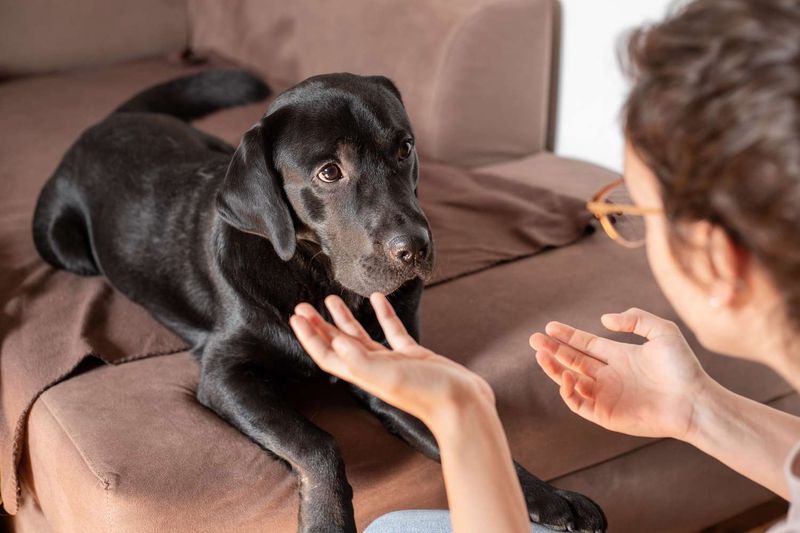
Dogs with past trauma can react defensively in situations that remind them of negative experiences. Patience and understanding are key in helping them feel secure.
Creating a positive environment with consistent training builds trust.
Desensitization and counter-conditioning techniques can transform fear into confidence. Consulting with a behavioral specialist can provide personalized strategies to address past traumas.
Lack of Exercise
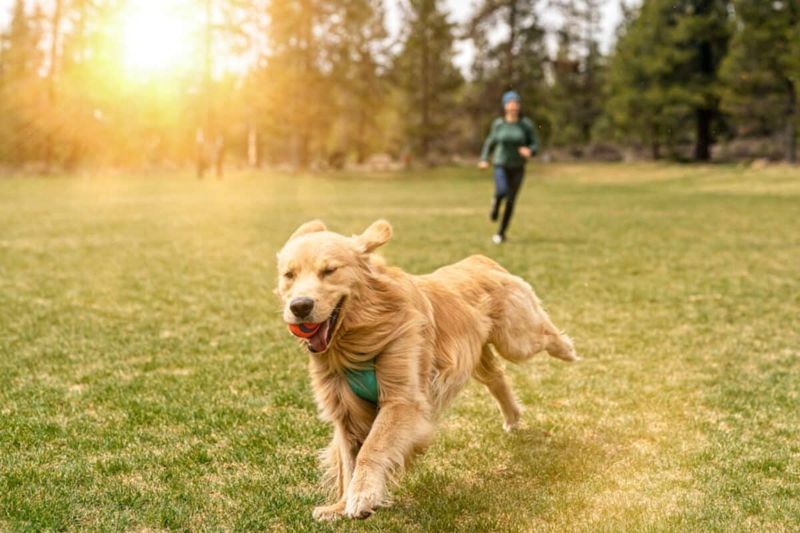
Regular exercise is vital for a dog’s physical and mental well-being. Without it, pent-up energy can lead to frustration and aggression.
Daily walks and playtime ensure they remain healthy and happy. Incorporating variety with different activities and settings enriches their experience.
Training sessions provide mental stimulation, curbing unwanted behaviors. Balancing physical and mental exercise helps maintain a calm and content temperament.

